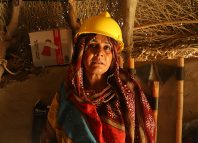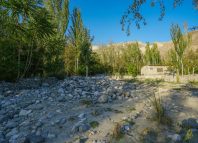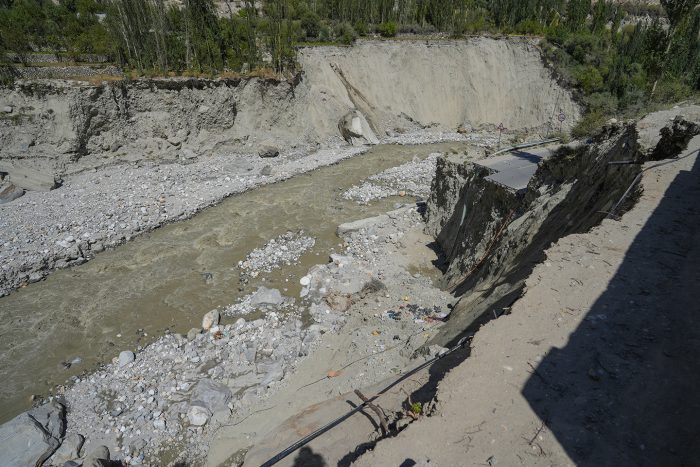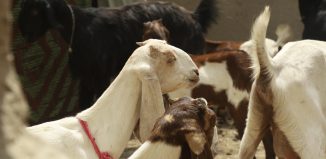Situation Report IV: Pakistan Monsoon Floods 2025: A Call for Inclusive and Urgent Humanitarian Action
Crisis Overview
Pakistan is currently facing one of its most devastating monsoon emergencies in recent history. Since the onset of the rains in late June, relentless downpours intensified by cross-border water releases, have triggered widespread riverine flooding across Punjab and recurrent flash floods and landslides in northern and mountainous regions, including Khyber Pakhtunkhwa and Gilgit-Baltistan.
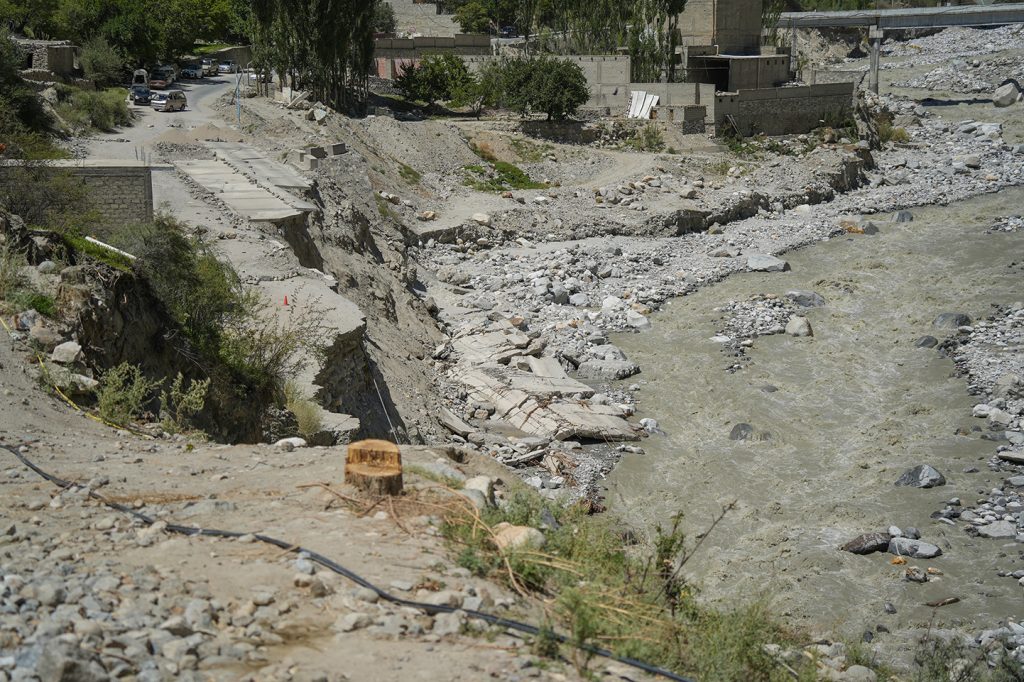
As of early September, over 883 lives have been lost, with more than 1.8 million people displaced nationwide. Punjab, the country’s agricultural heartland, has been particularly hard-hit, with over 3.9 million people affected, thousands of villages inundated, and entire wheat-producing districts submerged. Emergency responders have deployed boats, drones, and mobile relief camps to reach isolated communities, yet access remains limited in many areas.
In Khyber Pakhtunkhwa, flash floods and landslides have destroyed homes, schools, and roads, cutting off entire villages. Glacier lake outburst floods (GLOFs) in Gilgit-Baltistan have added another layer of destruction, wiping out water systems and power infrastructure. Urban flooding in Sindh, particularly in Karachi, Hyderabad, and Mirpurkhas—has caused fatalities, submerged roads, and damaged crops and homes4.
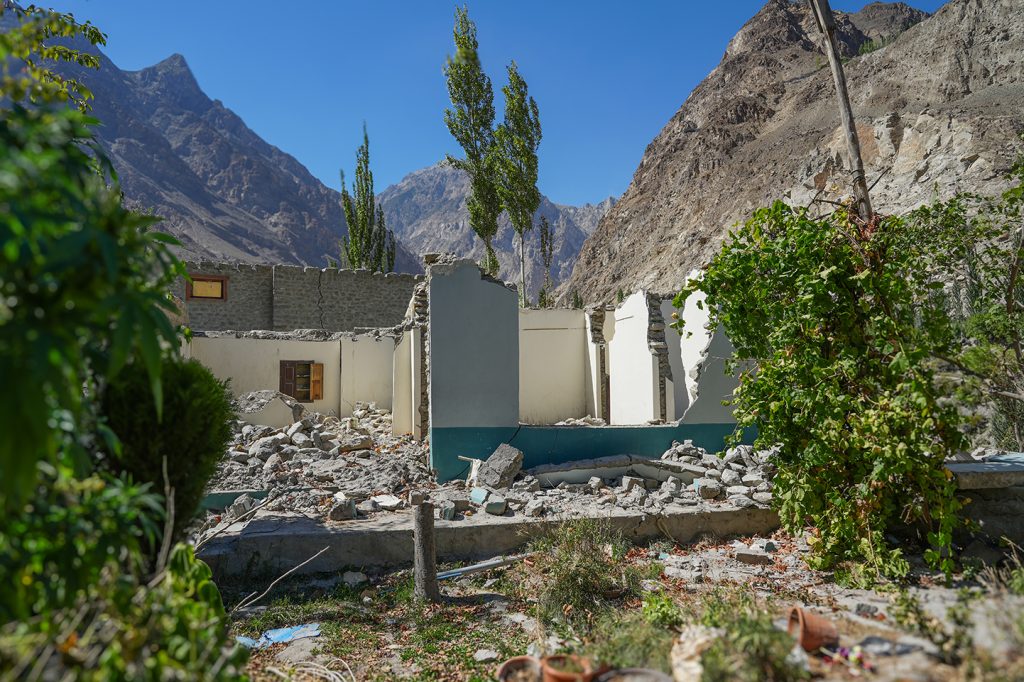
Despite large-scale evacuations and the relocation of over 900,000 individuals, humanitarian needs continue to outpace response capacity. The National Disaster Management Authority (NDMA) warns of sustained high flows in the Sutlej, Ravi, and Chenab rivers, with floodwaters projected to reach the Guddu Barrages, posing downstream threats to Sindh and straining evacuation and flood defense systems.
Key Risks and Impact
| Sector | Impact |
| Shelter & Displacement | 4,700+ homes destroyed and hundreds of thousands displaced, many sheltering in schools or with host communities. |
| Urgent need for emergency tents, winterisation kits, and transitional shelter as floodwaters recede. | |
| Water, Sanitation & Hygiene (WASH) | Widespread contamination of water sources and collapse of sanitation infrastructure. |
| Rising cases of malaria, skin infections, and diarrheal diseases, especially in urban flood zones and remote valleys. | |
| Critical gaps in hygiene kits, clean water access, and disease prevention measures. | |
| Health | Damage to 40+ health facilities, disruption of medicine supply chains, and limited disease surveillance capacity. |
| WHO and partners are scaling up vector control and outbreak containment, but access remains a challenge in cut-off areas. | |
| Food Security & Livelihoods | Agricultural losses mounting across Punjab and Sindh, with thousands of acres of crops destroyed. |
| Livestock deaths and disrupted supply chains threaten food availability and income for rural households. | |
| Need for cash-for-work programs to support debris clearance and recovery | |
| Protection & Education | Over 400 schools damaged or closed, leaving children without safe learning spaces. |
| Increased protection risks for women, girls, and displaced families, with urgent need for dignity kits, psychosocial support, and safe shelters. | |
| Forecast & Climate Risks | Meteorological forecasts warn of continued heavy rainfall and landslides through early September, especially in eastern Punjab and northern highlands. |
| GLOFs and unstable glacial lakes in Gilgit-Baltistan pose ongoing threats, exacerbated by climate change and rising temperatures |
ADRRN has highlighted the urgent need to strengthen inclusive early warning and early action systems, backed by transformative investment in disaster risk reduction (DRR) to break Pakistan’s recurring cycle of flood-related loss and damage. Priority areas include:
- Community-based DRR; training local residents in search and rescue
- Forming Emergency response teams
- Building local capacity for immediate medical and psychosocial support
Advancing locally-led climate adaptation requires complementing community knowledge with scientific and technical support to effectively address evolving risks.
Immediate Humanitarian Needs
The 2025 monsoon floods have triggered a nationwide humanitarian emergency, with over 2 million people affected and more than 880 lives lost. Punjab remains the epicenter, but downstream threats to Sindh and cascading disasters in Gilgit-Baltistan are rapidly escalating humanitarian needs across provinces.
Priority Needs Across Pakistan:
- Shelter & NFIs: Over 4,700 homes destroyed; displaced families urgently require tents, tarpaulins, blankets, and kitchen sets. Winterisation items are critical in northern regions.
- Multipurpose Cash Assistance: Where markets remain functional, cash support is critical to enable families to meet diverse needs; food, medicine, transport, and shelter, while preserving dignity and choice.
- Health Services: More than 40 health facilities damaged; rising cases of malaria, dengue, and diarrheal diseases demand mobile health units, medicines, and disease surveillance.
- Water, Sanitation & Hygiene (WASH): Contaminated water sources and collapsed sanitation systems have led to surging infections. Hygiene kits, safe water access, and sanitation facilities are urgently needed.
- Food Security & Livelihoods: Agricultural losses in Punjab and Sindh threaten food availability. Livestock deaths and disrupted supply chains require food rations and cash-for-work support.
- Protection & Education: Over 400 schools damaged or closed; children face heightened protection risks. Dignity kits, safe learning spaces, and psychosocial support are essential.
- Climate & Disaster Risk: Forecasts warn of continued heavy rainfall and landslides. Glacier lake outburst floods (GLOFs) in Gilgit-Baltistan compound risks, especially with winter approaching.
Community World Service Asia (CWSA) Response
Anticipatory Action in Sindh: With upstream river discharges threatening a “super flood” in Sindh, CWSA has activated anticipatory measures across flood-prone districts:
- Pre-positioned supplies: Lifesaving medicines, medical equipment, and hygiene kits stocked at Umerkot warehouse.
- Mobile health units: Strategically placed for rapid deployment.
- Risk communication: Disseminating early warnings, safe water guidance, evacuation protocols, and disease prevention messages in local languages.
- Coordination: Working closely with PDMA Sindh, health agencies, and cluster partners to ensure targeted, inclusive response and avoid duplication.
Despite these efforts, additional support is urgently needed to scale operations, particularly for reaching remote communities and covering operational costs.
Continuous Response in Gilgit-Baltistan
In response to GLOFs and monsoon-triggered landslides, Community World Service Asia (CWSA) has launched emergency relief in Hunza and surrounding districts:
- Emergency Relief Kits: Distributed to affected households.
- Winterisation & NFIs: Planned distributions of household items and kitchen sets to mitigate cold-related risks (if funds are mobilised)
- Food & Shelter Assistance: New projects initiated to support displaced families.
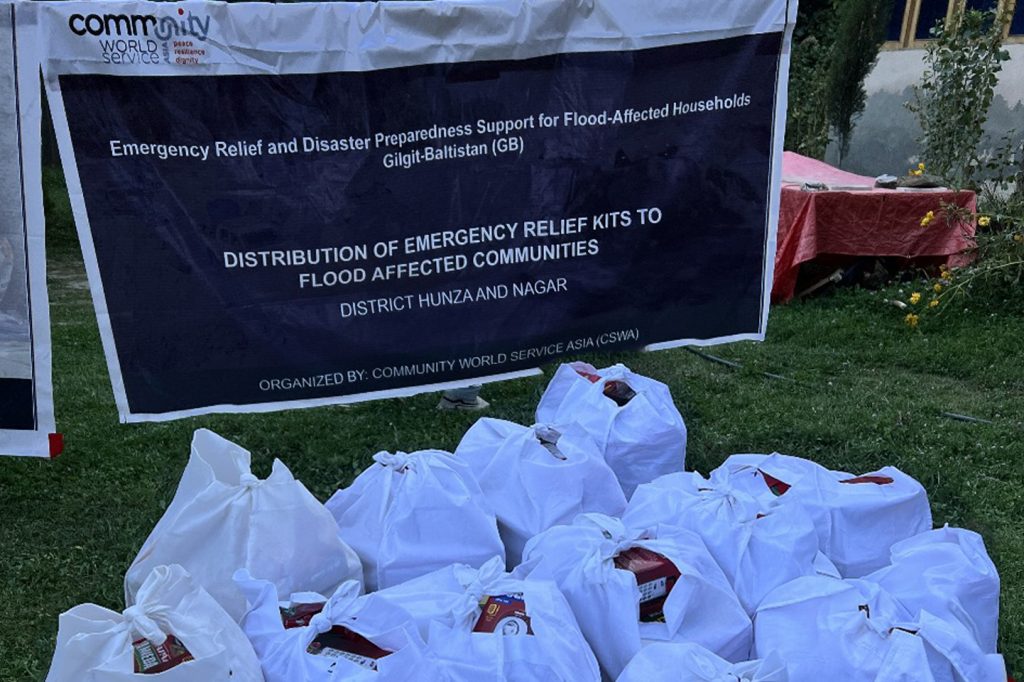
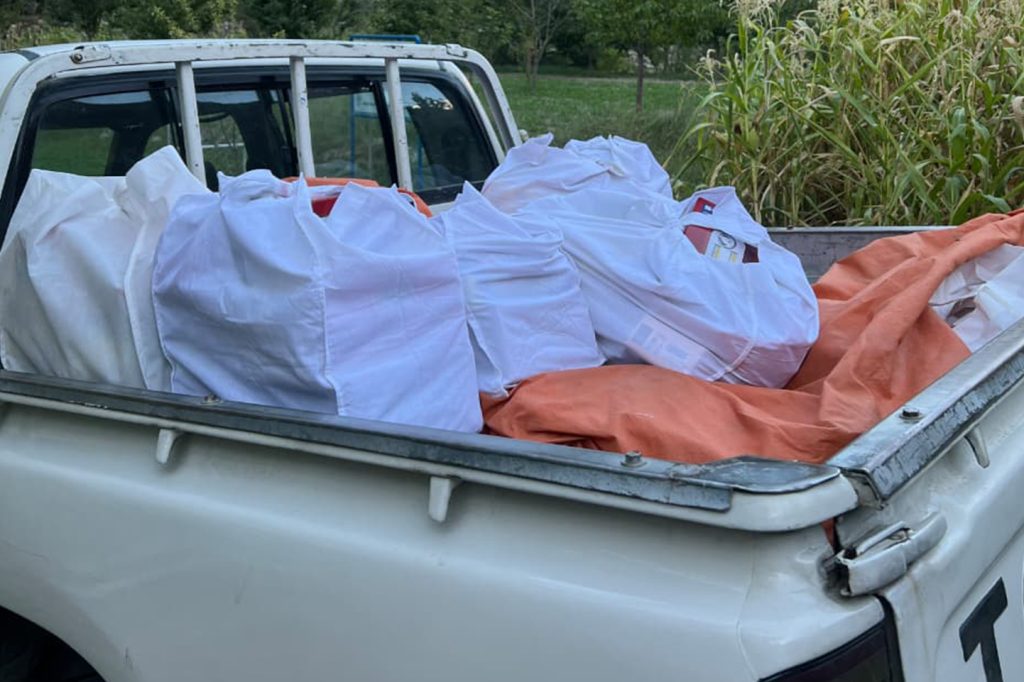
However, significant gaps remain:
- Many households remain unreached due to access and resource constraints.
- Additional winterisation, sanitation, and shelter supplies are needed.
- Multipurpose cash support is critical where markets remain functional.
- Enhanced coordination with local authorities is required to facilitate last-mile delivery.
Coordination & Accountability
CWSA continues to work in close coordination with NDMA, PDMAs, UN agencies, and humanitarian clusters and working groups and with ACT members in the country to harmonise response efforts and avoid duplication. As Co-Chair of the AAP Working Group in Pakistan, CWSA places communities at the centre of response, ensuring fair access to aid, clear information in local languages, safe feedback channels, and inclusive decision-making. However, the scale of the crisis demands urgent and flexible funding to translate readiness into lifesaving action.
Urgent Funding Priorities:
- Expand anticipatory action in Sindh with rapid deployment capacity and community communication.
- Scale up winterisation, shelter, and cash support in Gilgit-Baltistan based on community-identified needs.
- Strengthen logistics and last-mile transport to reach high-risk, remote communities.
Without timely and flexible funding, the humanitarian toll in Sindh, Gilgit-Baltistan, and other provinces will continue to rise. CWSA stands ready to respond, grounded in local partnerships, strategic coordination, and a commitment to inclusive, dignified humanitarian action.
Contacts:
Shama Mall
Deputy Regional Director
Programs & Organisational Development
Email: shama.mall@communityworldservice.asia
Tele: 92-21-34390541-4
Palwashay Arbab
Head of Communication
Email: palwashay.arbab@communityworldservice.asia
Tele: 92-21-34390541-4
References
- ADRRN Statement on Recent Disasters in Afghanistan and Pakistan – ADRRN
- Live Updates: Pakistan floods 2025 – DAWN.COMhttps://www.thenews.com.pk/latest/1336438-trail-of-death-and-destruction-rescuers-recover-bodies-as-rains-floods-toll-tops-350
- OCHA Update – September 3, 2025
- https://www.ungeneva.org/en/news-media/news/2025/08/109815/monsoon-floods-kill-more-700-pakistan-heavy-rains-set-continue
- https://www.ungeneva.org/en/news-media/news/2025/08/109815/monsoon-floods-kill-more-700-pakistan-heavy-rains-set-continueNational Disaster Management Authority (NDMA) Report August 17
- https://www.reuters.com/sustainability/climate-energy/pakistan-evacuates-million-people-farming-belt-hit-by-worst-floods-decades-2025-08-28
- https://www.theguardian.com/global-development/2025/aug/30/pakistan-punjab-province-deadly-floods-disease



